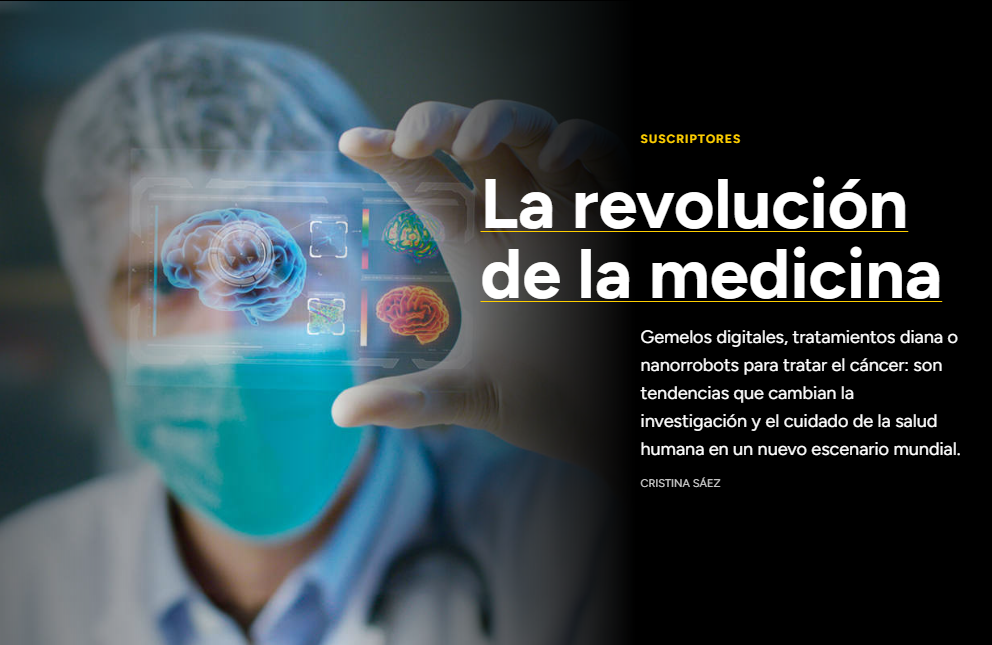ABOUT
The inability of the central nervous system (CNS) to regenerate has been attributed to several factors: First, the natural formation of cellular “bridges” essential for axonal regeneration does not occur at the site of injury. Second, the injured CNS fails to produce growth factors necessary to stimulate regeneration. Third, neurons in the injured CNS do not adequately initiate a “growth program” necessary for new regeneration. Finally, the environment of the injured adult spinal cord presents obstacles to regeneration, specifically due to inhibitory extracellular matrix molecules that accumulate around the injury site and the presence of inhibitory proteins in adult myelin that hinder regeneration.
We are committed to elucidating the molecular processes underlying neuronal regeneration and using these insights to develop practical strategies for repairing damaged CNS circuits.
Our research covers a broad spectrum from the identification of ECM molecules that impede axon regeneration to the development and application of advanced biomimetic materials in spinal cord injury (SCI) models.
Our group is interested in elucidating the molecular mechanisms governing regenerative failure after central nervous system injury and leveraging this knowledge to develop rationally tuned biomaterial strategies to reverse paralysis. Our goal is to translate these findings to humans.
RESEARCH FOCUS
Understanding the Barriers to Regeneration:
The primary focus of this research is to understand the role of the extracellular matrix (ECM) in spinal cord injury and regeneration.
Using quantitative mass spectrometry proteomics, our team is characterizing the ECM and ECM-associated proteome in spinal cords across developmental stages and injury conditions. This approach allows the identification of specific ECM components that change after injury, providing insight into potential therapeutic targets.
The comprehensive proteomic profile is further enhanced by transcriptomic profiling to identify soluble components, cellular contributors, and spatial information. This in-depth analysis of the ECM in both healthy and injured states aims to unravel the complex interactions and changes that occur and to guide the development of strategies to modulate the ECM to promote regeneration
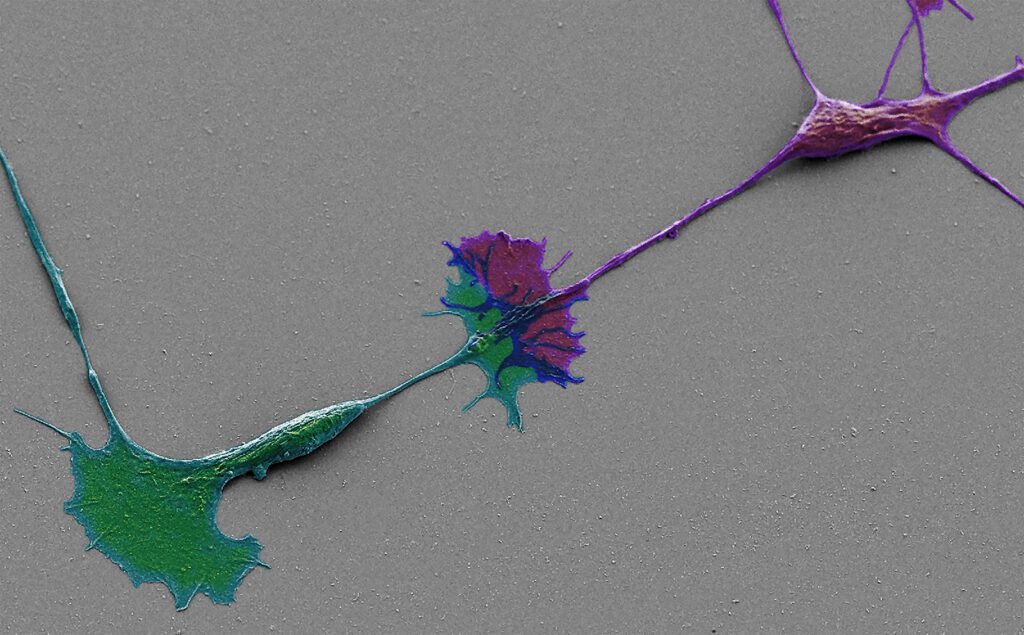
Human spinal motor neurons grown on artificial matrix. SEM image of neurons interacting through their growth cones. Cells are falsely colored in green and purple.
New tools to study injury and regeneration in vitro:
This research area uses cutting-edge bioengineering methods and three-dimensional systems to mimic spinal cord structures and analyze their responses to injury in the laboratory. It uses two primary techniques:
1. Human Spinal Cord Organoids (hSCOs): hSCOs are generated using 3D printed organoid-on-a-chip technology, which creates a tubular shape that mimics the geometry of the spinal cord. This structure allows us to study how the shape of the tissue affects cellular organization within the organoids. In addition, by incorporating ECM signals at specific times after spinal cord injury, the study aims to explore the evolving nature of spinal cord injury and evaluate treatments based on ECM components identified through this research.
2. 3D printed human spinal cord constructs: This method combines two sophisticated printing technologies – cell bioprinting and volumetric printing – to produce a detailed, four-dimensional model of the human spinal cord with precise accuracy. The focus is on faithfully reproducing the white and gray matter of the spinal cord. It uses an exoskeletal framework to strategically place each bioprinted cell, closely mimicking the architecture of the spinal cord. This approach is designed to provide insight into the dynamic functional behavior of the spinal cord in vitro.
Translational Strategies for the Treatment of Spinal Cord Injury:
The third area of our research focuses on the development of innovative and effective biomaterial-based therapies for spinal cord injury (SCI) using in vivo models. Our team is implementing two different approaches depending on the stage of injury:
1. Injectable functionalized synthetic hydrogels for acute injury: We are creating chemically defined hydrogels that mimic various ECM signals, specifically tailored to treat the early stages of spinal cord injury. The goal is to study their impact on factors such as inflammation, cell survival, blood vessel formation, glial scar formation, and nerve fiber regeneration
2. 3D printed spinal cord constructs for chronic injury: For more advanced chronic spinal cord injuries, we are developing artificial 3D constructs embedded with ECM signals and living cells. These constructs are designed to provide nutritional support, promote neural growth, and support the functional development of native cells in nearby tissues. The primary goal is to enhance the integration, maturation, and connectivity of transplanted cells, which is critical for restoring motor function in models of chronic spinal cord injury.







STAFF
Staff members
PROJECTS
Mobile Scaffolds as a Therapeutic Target to Repair Spinal Cord Injury.
Project Reference: L31CVNORTHU
Principal Investigator: Zaida Alvarez
Dates: 11/2022-11/2025
Financial Entity: Northwestern University
Defining the Matrisome of Spinal Cord Injury to Design New Experimental Treatments.
Project Reference: CNS2022-135407
Principal Investigator: Zaida Alvarez
Dates: 09/2022-09/2025
Financial Entity: Spanish Ministry of Science
Mobile Hydrogels for Enhancing the Bioactivity of Human Neural Progenitor Cells for Spinal Cord Injury Repair (MobiHydroSpine).
Project Reference: PID2021-124839OA-I00
Principal Investigator: Zaida Alvarez
Dates: 09/2022-09/2025
Financial Entity: MICIU. Generación Conocimiento: Proyectos I+D Spanish Ministry of Science
FINALIZED:
3D printed ECM constructs as therapies to repair the injured spinal cord.
Principal Investigator: Zaida Alvarez
Dates: 2022
Financial Entity: Mike Lane-Castellers de la Vila de Gràcia.
PUBLICATIONS
EQUIPMENT
- IH-0415 Infinite Horizon IMPACTOR Mouse/Rat
- DigiGait Imaging System – Mouse Only with Incline
- WPI Stereotaxic for mice, Digi and Portable, SGL M
- Electrode Manipulator without 1770 holder
- UltraMicro Pump and SmartTouch Controller
- Solo Controller with 50mm Single Axis
- Manipulator Adapter for Stoelting stereotaxic
- Rod Holder For Motorized Manipulator
- Hamilton Syringes
COLLABORATIONS
- Samuel I. Stupp
Simpson Querrey Institute, Northwestern University - Aitziber López Cortajarena
CICbiomagune - Juan Alberto Ortega
Universitat de Barcelona - Evangelos Kiskinis
Northwestern University - Ivan R. Sasselli
CSIC - Maria Luisa Garcia Lopez
Universitat de Barcelona - Riccardo Levatto
Utrect University - Simone Di Giovani
Imperial College - Antonio Oliviero
Hospital Nacional de Parapléjicos de Toledo
NEWS
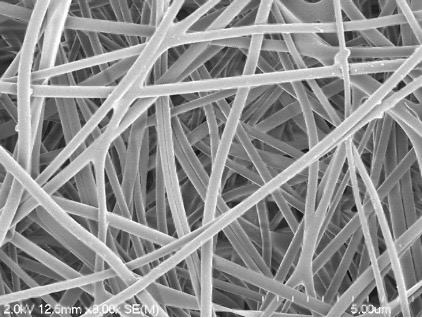
Sugar-coated nanotherapy dramatically improves neuron survival in Neurodegenerative model
The new therapy, made of nanofibers and trehalose, a sugar that naturally occurs in plants, traps and neutralizes toxic proteins to stop disease progression. Now trapped, the toxic proteins can no longer enter neurons and instead harmlessly degrade. The study, published in the journal of the American Society, was led by the Institute for Bioengineering of Catalonia and the Northwestern University.
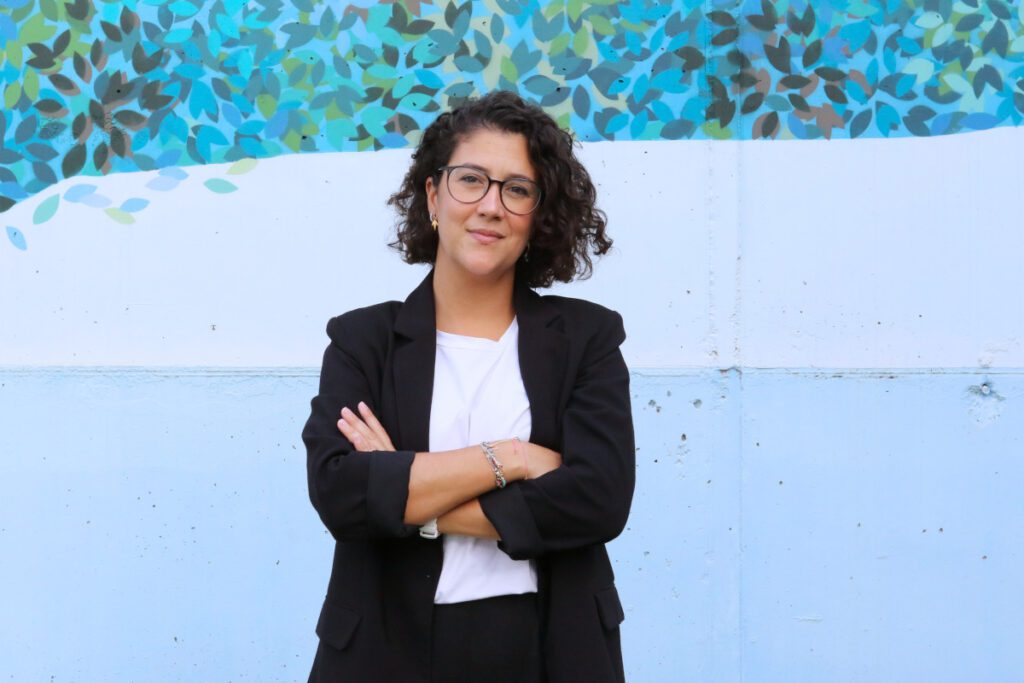
IBEC receives funding from the US National Institutes of Health to advance neural regeneration
IBEC principal investigator Zaida Álvarez has received funding from the US National Institutes of Health (NIH) to develop stem cell-based models of the spinal cord. The project, coordinated by Northwestern University with the participation of IBEC and IDIBELL, will make it possible to study neurodegenerative diseases and develop new treatments for spinal cord injuries and other neurodegenerative pathologies.
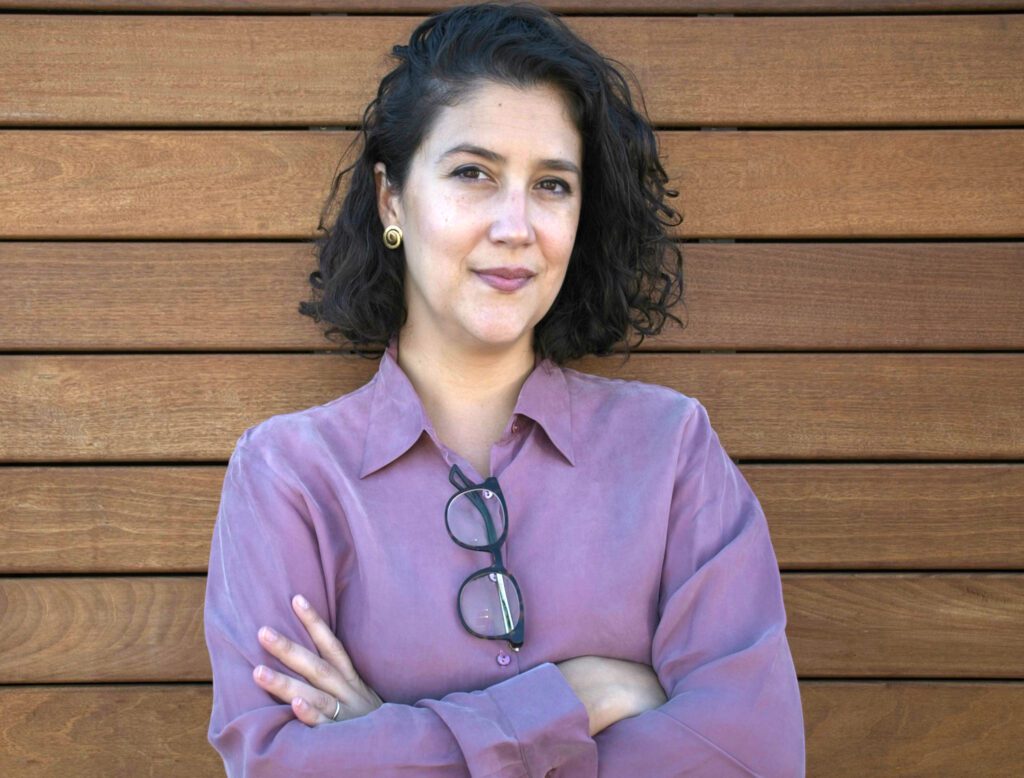
Spinal cord organoids to study treatments for paraplegia
Se trata de un proyecto centrado en la creación de un dispositivo impreso en 3D donde se cultivará un organoide de médula espinal humana para estudiar el daño medular y el posterior testeo de fármacos. La investigación, liderada por la investigadora principal del IBEC Zaida Álvarez, ha recibido financiación de la Fundación Internacional para la Investigación de la Paraplejia.
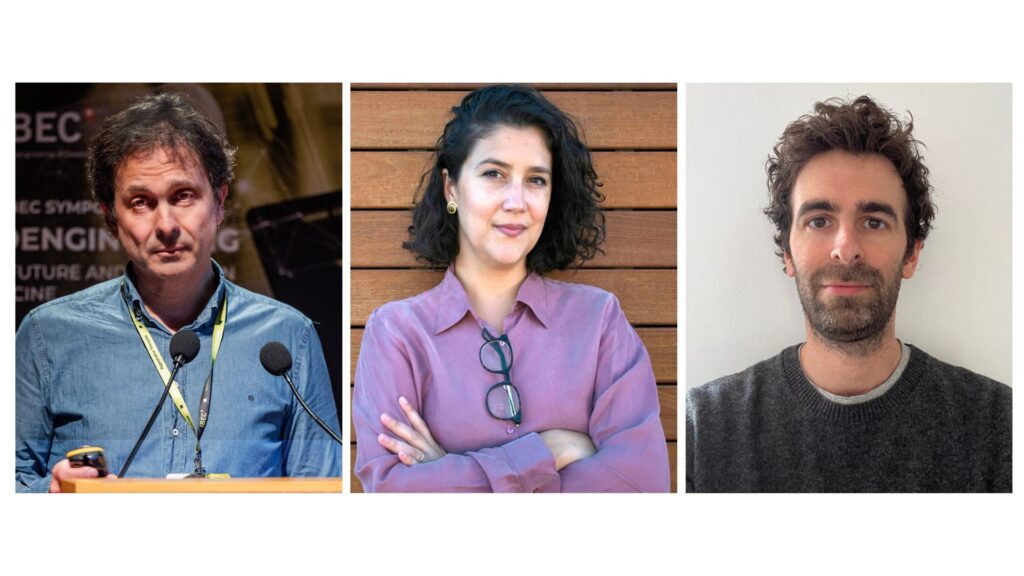
IBEC is strengthened by the addition of three new research groups in advanced and emerging therapies
IBEC kicks off 2024 with the incorporation of three new research groups led by Manuel Salmerón Sánchez, Zaida Álvarez Pinto, and Xavier Rovira Clavé. With these additions, IBEC strengthens its position in the field of advanced and emerging therapies.
IBEC researchers highlight the role of women in science in different media
Coinciding with the celebration of 11 February, the Day of Girls and Women in Science, Nuria Montserrat is one of the three protagonists of the Constantes y Vitales campaign entitled … Read more
Scientists obtain mature neurons from stem cells in the lab to improve the study of neurodegenerative diseases
IBEC researcher Zaida Álvarez and UB researcher Alberto Ortega have produced the first highly mature neurons grown in the lab from pluripotent stem cells using a synthetic matrix. Until now, … Read more

Researchers manage to grow mature neurons at the lab to study neurogenerative diseases
Researches from the Institute for Bioengineering of Catalonia (IBEC) and the University of Barcelona (UB) have achieved the creation of the first highly mature neurones from human induced pluripotent stem … Read more
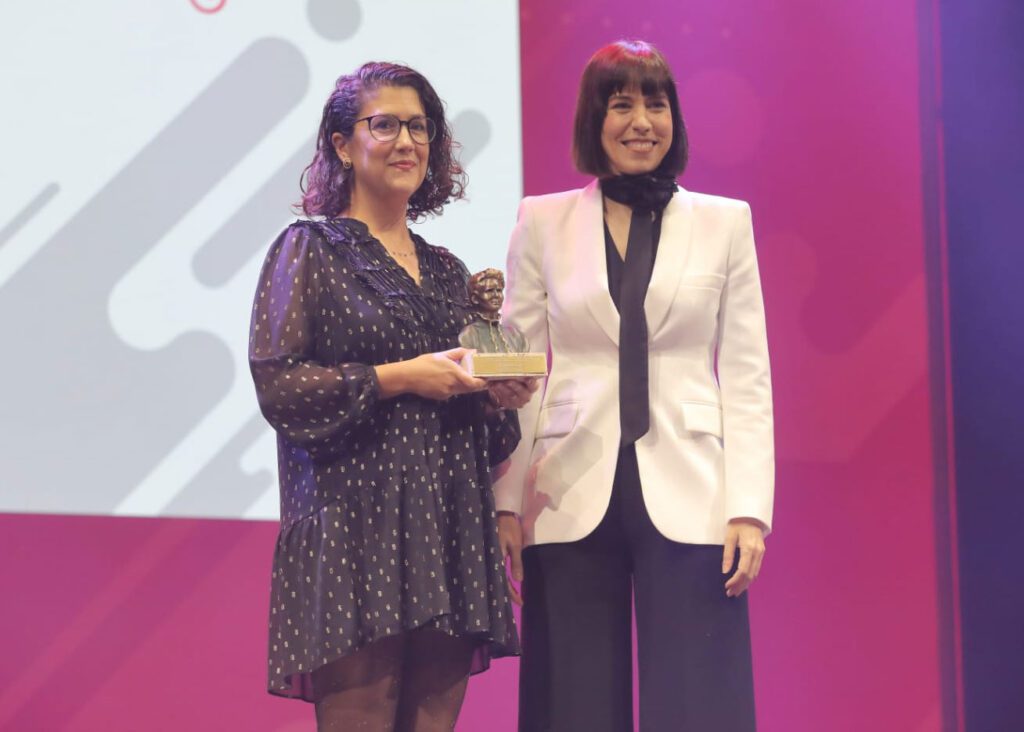
Zaida Álvarez receives the Muy Nanotecnología award and a special mention from the Duran Farell Research Technology Award
On November 29th, Zaida Álvarez, a ‘Ramon y Cajal’ researcher at the Institute of Bioengineering of Catalonia (IBEC), received the Muy Nanotecnología award from the Minister of Science and Innovation, … Read more
JOBS

Researcher in Training for Neural Regeneration Research Group
Ref: RT-ZA // Deadline: 12/03/2025

PhD at the Biomaterials for Neural Regeneration Research Group
Ref: PHD_ZA // Deadline: 10/03/2025

Research Assistant at the Biomaterials for Neural Regeneration Research Group
Ref: (RA_ZA)// Deadline: 30/10/2024
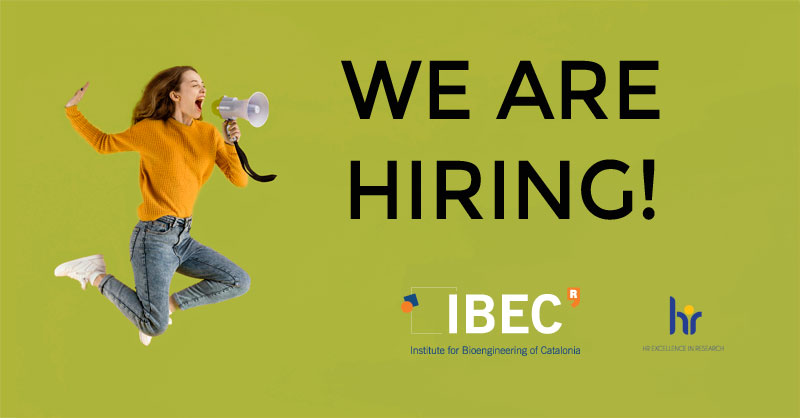
Laboratory technician at the Biomaterials for neural regeneration (LT_ZA)
Ref: LT_ZA // Deadline: 22/03/2023


 ibecbarcelona.eu
ibecbarcelona.eu